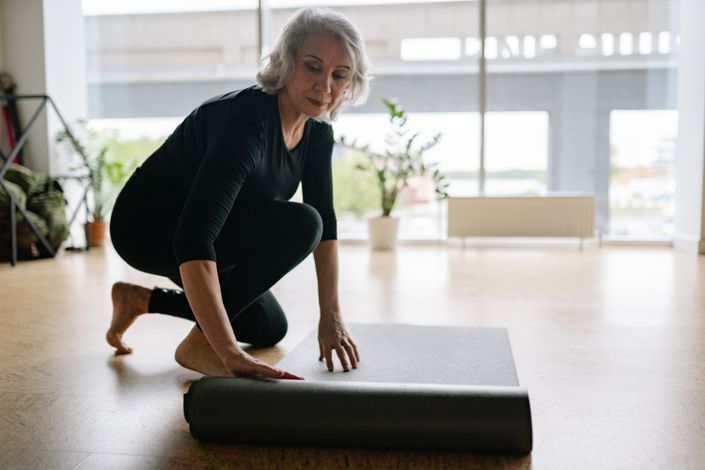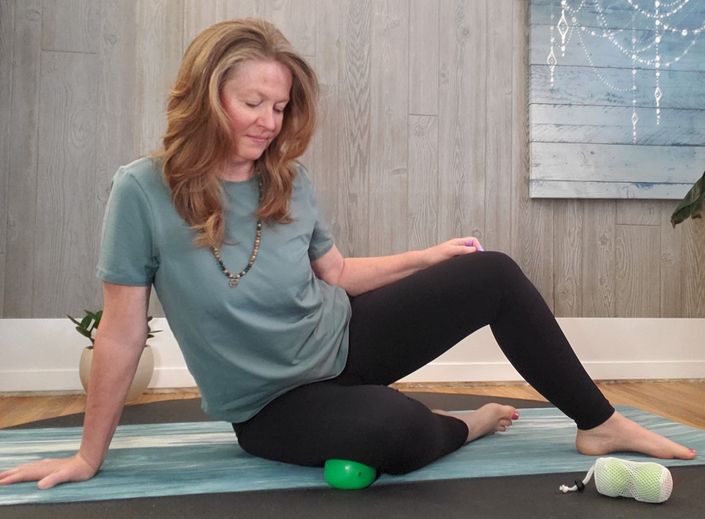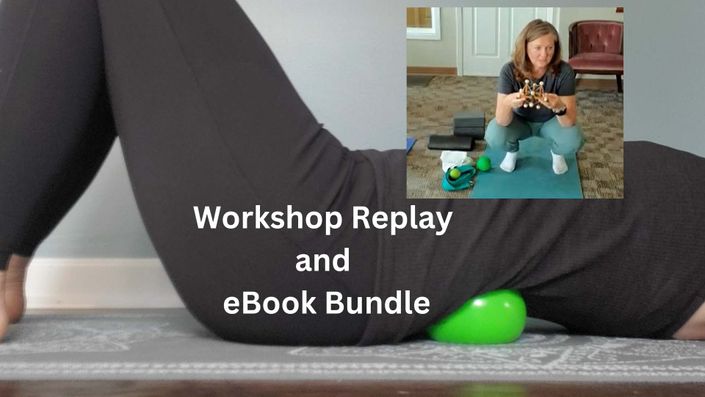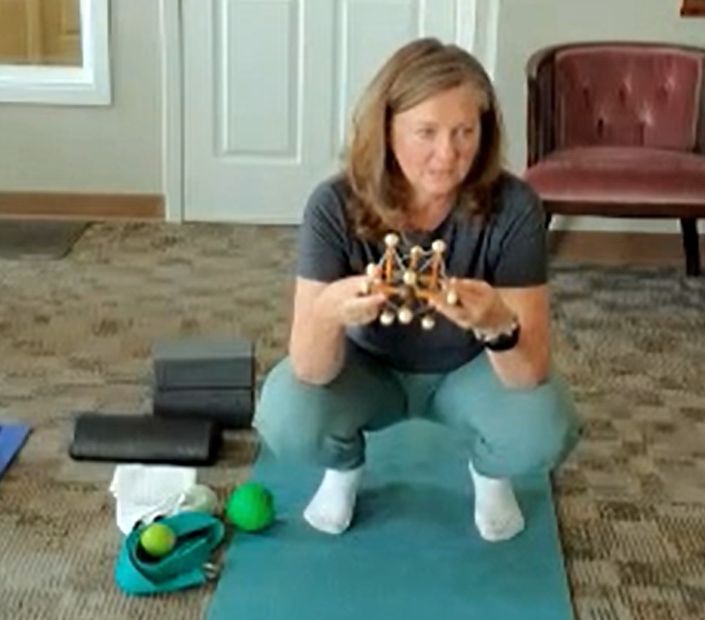Posture is paramount to healthy fascia and creating a foundation for a healthy and functional future!
Posture plays a critical role in maintaining healthy fascia, the connective tissue that weaves throughout our body, influencing our overall health and functionality. Proper posture not only supports the integrity of our fascia but also lays the groundwork for a future where health and functionality are at their peak.
When we maintain good posture, we ensure that our fascia remains supple and elastic, allowing for optimal movement and reducing the risk of pain and injury. Good posture aligns our bones and muscles correctly, which minimizes stress on the fascia and encourages its natural, fluid movement. This alignment is crucial not just for immediate comfort but for long-term bodily health.
Furthermore, healthy fascia contributes to better blood circulation, more efficient movement patterns, and a greater sense of body awareness. As we age, these aspects become increasingly important in preserving our mobility and independence.
By prioritizing posture now, we're investing in a future where our bodies can continue to serve us well, allowing us to enjoy a higher quality of life and engage more fully in our daily activities. In essence, nurturing our fascia through proper posture is not just about correcting our stance; it's about fostering a foundation for a healthy, functional, and vibrant future.

Poor Posture is an Epidemic
that is Impeding Health and Function
in People of All Ages
Flexed spines, asymmetrical shoulders, and forward heads are just the beginning of the problems we are seeing in our modern society. As a result, we are seeing a surge in people with pain and difficulty with mobility earlier in life.
Pain, posture and mobility issues increase your risk or injury and make it more difficult to recover from injuries and illnesses.
We all want a long healthy pain-free life where we can do the activities we love well into our later years!
Sit Up Straight!
Good posture in sitting or standing goes well beyond this command parents often give their kids and teens.
Did you know that kids learn posture from the adults they grow up with? This is true of many skills such as voice inflection, word choices, gait patterns and many more!
The best place to start teaching young people better posture is by becoming a role model.


How do you know if your posture is "good"?
Ideal posture goes FAR beyond just standing up straight.
This course provides you with an easy-to-follow checklist and instructional video of 18 different posture landmarks. You'll learn exactly how to identify each landmark so you can see how your posture measures up!
You can use this checklist for family members of all ages!
Good posture has a direct relationship to health and function!
Most people have no idea how important posture is for health and performance at all ages.
Here is what the research says. Practicing good posture:
- Increases resistance to injury at all ages.
- Increases athletic performance and the ability to exercise safely.
- Reduces pain.
- Allows the body to heal more quickly from pain or injury.
- Improves confidence.
- Decreases wear and tear on the joints.
- Increases the ability to use our body as it was designed well into older adulthood.
- Improves the functioning of our organs.
- Improves the ability to breathe deeply for better lung function.
- Improves balance.


Why isn't my doctor telling me about the importance of posture?
Our healthcare system tends to focus in only on the part of the body that needs help.
If you have a headache, you'll get medication to ease the pain. Fascia and posture are not immediately considered as part of the problem.
Posture is directly related to:
- headaches
- jaw pain
- neck pain
- upper and lower back pain
- hip pain
- knee pain
- foot pain
- Digestive issues
- Organ issues
- And, many more issues.
Your mechanic knows that if your car is out of alignment and you continue to drive it, your car will have serious problems!
Our miraculous body is far from a machine, but poor posture will definitely cause similar break down in our joints and pressure on our organs.
How does posture affect the fascial system?
The fascia system is a body system, just like our muscular, digestive, or nervous systems. The fascia creates our internal environment for all our body systems. The science behind fascia is amazing and just recently being considered in our healthcare system. Many healthcare providers still are not paying attention to fascia!
The fascia is constantly remolding itself and will take the shape of the postures we prefer. If our posture is less than ideal most of the time, our fascia will get thick and tight in areas that are not intended to be thick and tight. As a result, we become stuck in poor posture.
A common example of poor posture that significantly affects the fascia is forward head posture. When the head is chronically forward from the body, thick layers of tight fascia will form on the upper back and neck keeping us permanently in this position. This extra thickness and tension will often result in pressure on muscles, nerves and circulatory structures causing decreased blood flow and pain.
We are experiencing an epidemic of head forward posture in our culture due to device use which can have devastating outcomes for our health even in children.
The good news is that with knowledge of what good posture really is as well as time and focused effort on stretching the fascia we can reverse the damage and restore posture and our health.
Do I need to be in perfect posture all the time?
No. Far from it. However, if your body does not feel comfortable in good posture and does not naturally gravitate to good posture, you have work to do.
Ultimately, your posture goal should be feeling just as comfortable in great posture as you do in any other posture. Then, incorporate lots of variety.
In this course, you'll learn exactly what good posture is and exactly how to get there!
Note: This is not a yoga course.


Kids and Teens
Kids are growing up with devices which is creating posture concerns even in toddlers. This course will help parents and educators understand what good posture really is and how to help kids understand how posture affects their health.

Adults
We aren't meant to sit or stand still for hours. When we must it is critical we understand how to best use our bodies. Our posture can profoundly influence our health in the moment and over time.

Older Adults
Improving posture improves health, safety, and quality of life. Improvements in posture can be made at any age. This course will show you how.
If you care about your health, but you are not paying attention to posture, you are missing a key ingredient to living a long and healthy life!
The Curriculum
- Posture First, Then Alignment Review
- Do I Need to be a Posture Robot? Create a Great Posture Home Base
- Changing Your Environmental Influences
- Prepare Your Strategy
- The First Steps to Posture Improvement: The Feet
- Improving Posture Above the Feet: Working Upwards
- Fascia-Focused Stretching for Alignment Correction: The Basics
- Incorporating Fascia Focused Stretching: Lower Body (20:04)
- Incorporating Fascia Focused Stretching: Upper Body (34:06)
- Tummy Time
- The Long Term Plan
- Key Points From How to Improve Your Posture & Alignment
- Reflection
Meet Your Course Instructor
After teaching my clients what good posture really consists of and why it is so important, I often hear, "Why hasn't anyone ever told me this?!".
I'm passionate about great posture because it improved my life significantly. As an occupational therapist, myofascial practitioner, ergonomics and posture expert, and yoga teacher I find helping people practice better posture during daily life makes a huge difference in their health and ability to heal from pain and injury. Those who make posture improvement a priority heal faster and stay pain free.
I've been doing this work for 30 years and love that I'm able to offer my expertise to everyone through this online course.
A Traditional Approach Through the Lens of Fascia
As a therapist who is grounded in science and occupation-based theory, I take a traditional approach to occupational therapy practice, but I look through the lens of fascia science.
The fascial system is a body system we must understand in order to fully understand the human body and how it functions. The fascial system is up to ten times more innervated than our muscular system. This means our brains are ten times more interested in our fascia than our muscular system. This does NOT mean our other systems are not important. It speaks very loudly that this system is important!
Understanding the fascial system and its intricate relationship with all our other body systems is a critical layer to understanding health and function. In the literature, the fascia is often referred to as the environment of the body and all the systems within it. If your fascia is healthy, your other body systems have the environment to function well.
In all my courses, I overlay that science of fascia to provide a new and innovative look at approaching health and healing.








